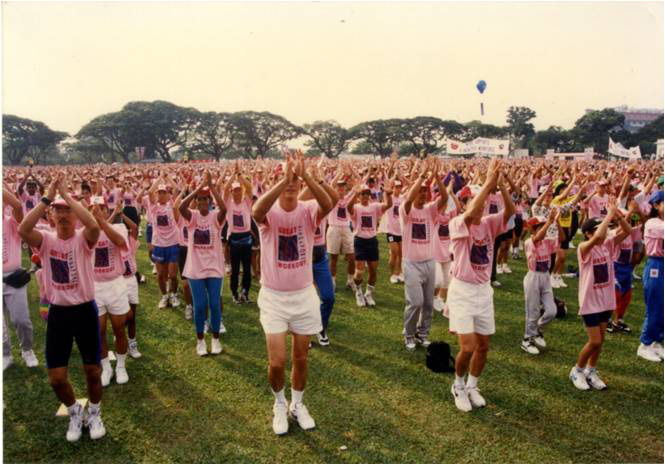Some degree of pain, while problematic if it occurs during or immediately after a workout, is usually indicative of progress in your health journey.
A good workout, no matter how carefully you perform your exercises or how consistent your form is, often results in some muscle fatigue that occurs several hours after completing it. This muscle tiredness and soreness, while it should be celebrated as a sign of progress, can be annoying and uncomfortable, especially if you are a novice to working out.
Luckily, there are measures you can take to help reduce the muscle soreness you are experiencing. Consider these 5 tips the next time you are feeling especially sore after a rigorous workout.
Wear Compression Socks
While compression socks are useful during a workout, they can be just as effective when worn after one. According to Lilly Harvey of ShoeAdviser.com, compression socks “ensure that your feet stay comfortable and minimizing the risk of pain and other symptoms without requiring periods of footrest at inconvenient times during your workday.” They go very well with socks that go with work boots for a more comfortable experience during working hours especially when you do a lot of standing.
Compression socks work to increase blood flow to the leg muscles that you actively engage when working out, whether that be through endurance running or strength training. Going without compression socks after a workout can result in you feeling sorer for a longer period of time, as you won’t have anything to help remove lactic acid or repair muscle tears.
Websites like comradsocks.com supply compression socks that are stylish and effective, so you don’t have to worry about sacrificing style if you choose to invest in a quality pair of compression socks!
End Your Workouts Properly
After making it through a particularly difficult workout, you may be tempted to immediately jump in the shower and spend the remainder of your day relaxing. However, you should always take a few focused minutes to properly end your workout. Consider stretching the muscles you engaged or go for a slow cool-down jog.
Stretching after a workout is particularly important to those engaging in weightlifting. Stretching not only reduces potential soreness and relieves muscular tension, but also improves muscle flexibility and allows you to have more productive workouts in the future.
Don’t Overwork Yourself
It is important to grant yourself rest days, as they will help you build strength and prevent overtraining. While intense workouts should be avoided on rest days, you can still be active on these days through light physical activity like walking or completing chores around the house.
If you are experiencing an unusual degree of pain after a workout, allow yourself to take a few extra rest days. If it is needed, take the time to get your body back to its full potential as to not risk a serious injury that could potentially keep you out of the gym for weeks.
Hydrate
As an athlete, you need to make sure you are drinking enough water after a workout. Water allows nutrients to circulate throughout your body and lubricates your joints, both of which affect your athletic performance and general well-being.
Determine your hydration needs based on your weight, workout intensity, and amount of sweat lost during your exercise routine. If you feel that you aren’t getting an adequate amount of water, you can monitor the color of your urine to make adjustments. For example, dark, concentrated urine is indicative of not consuming enough water. Consult a doctor or professional trainer if you are ever unsure of your hydration needs.
Replenish Your Nutrients
Electrolytes are lost when you sweat excessively as the result of working out. After a workout, eat foods rich in potassium, such as bananas and potatoes, to help your body maintain a proper fluid balance throughout your body. Additionally, consuming sodium-filled foods will help your muscles relax and contract after a particularly intense workout.
Make sure you are getting the most out of your workouts by following them up with these 5 recovery tips!







![[Review] Sustainabili-Teas from Boxgreen: fairly sourced and sustainably teas, packed in Changi Prison [Review] Sustainabili-Teas from Boxgreen: fairly sourced and sustainably teas, packed in Changi Prison - Alvinology](https://media.alvinology.com/uploads/2022/10/Screenshot-2022-10-17-at-18.47.50-1024x691.png)

